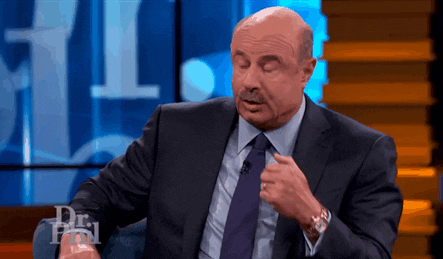Farmers will soon face a harsh reality when it comes to fertilizer availability and cost. China, the top exporter of phosphate, is banning exports of the major fertilizer component through 2022. Fewer supplies spell higher prices for farmers.
Not Phunny: China’s government has started limiting production of phosphate due to climate emission concerns. They’re also banning exports so they can supply their own farmers the product. The thing about China and phosphate is they produce nearly 30% of the world’s trade.
Here comes the Black Swan: Several factors continue to wreak havoc on prices and availability for fertilizer, including Hurricane Ida, which impacted production in the Delta. Then there’s COVID-19 supply chain issues and increasing shipping costs and energy prices.
Fertilizer prices have increased from 2020 already—U.S. farmers spent around $119 per acre for corn in 2020, which is up from $115.86. And prices of urea, diammonium phosphate (DAP), monoammonium phosphate (MAP) and potash are up 59% or more from 2020. The news from China will not help that trajectory.
Phinding Phosphate: A field crop specialist for Michigan Farm Bureau says farmers should talk to their fertilizer retailers sooner rather than later to figure out what they’ll do in the 2022 growing season. The issues in supply could mean a possibility of inadequate fertilizer for the 91M acres of corn expected for 2022.

